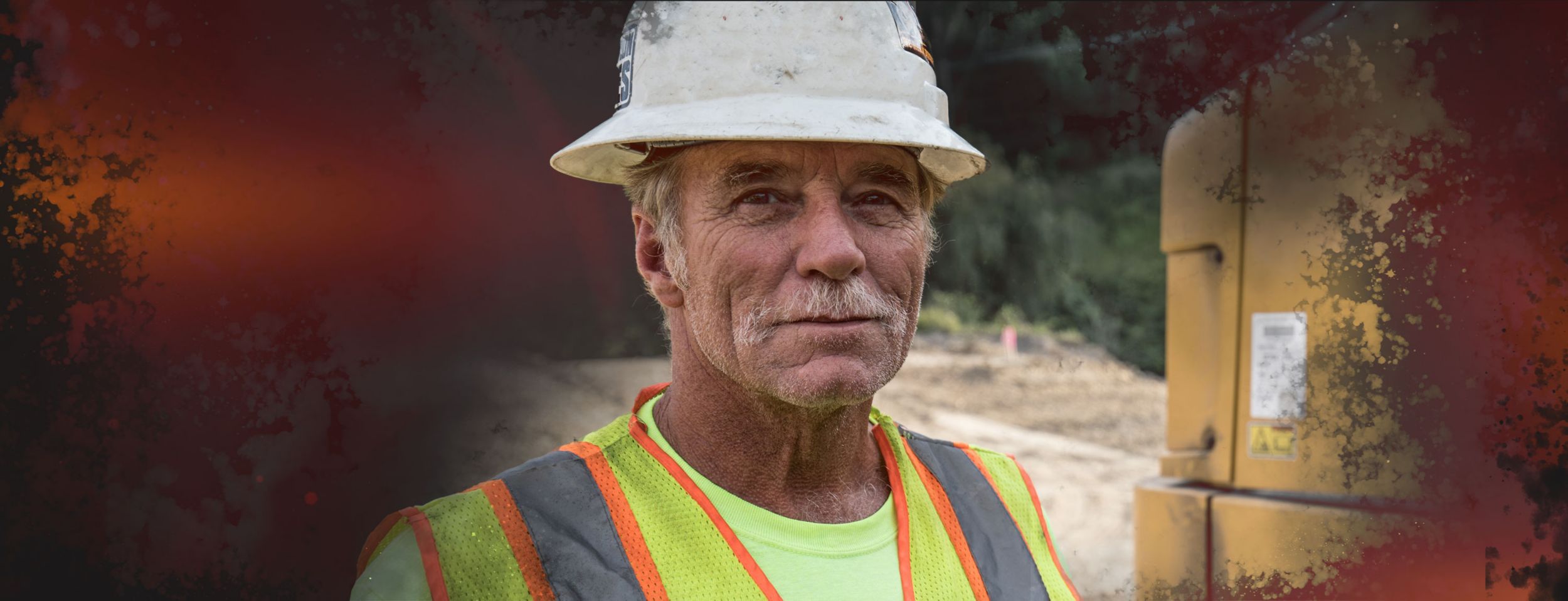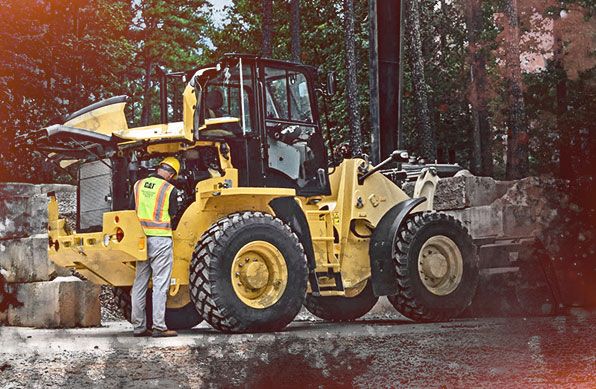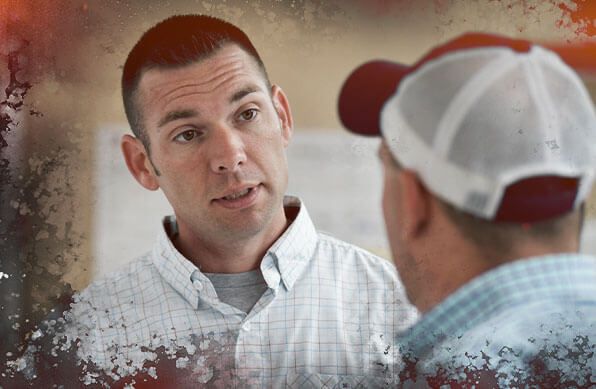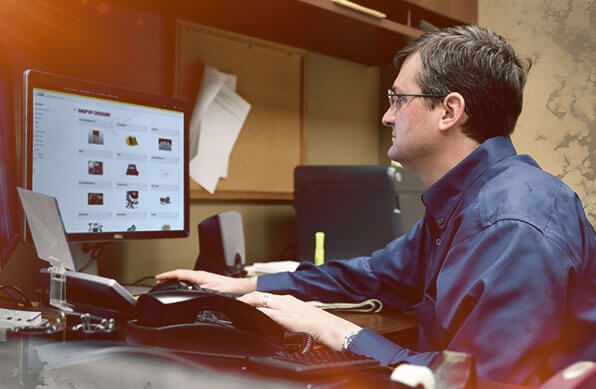

Sign In
Welcome! Sign In to personalize your Cat.com experience
If you already have an existing account with another Cat App, you can use the same account to sign in here
Register Now
One Account. All of Cat.
Your Caterpillar account is the single account you use to log in to select services and applications we offer. Shop for parts and machines online, manage your fleet, go mobile, and more.
Account Information
Site Settings
Security
Hot Tips for a Safe, Productive Summer
ENSURE YOUR PEOPLE AND EQUIPMENT ARE READY FOR THE HEAT.
Summer’s a busy time in the construction business. Before the hot season begins, conduct heat safety training with your team, focusing on topics such as these:
Types of heat stress
Educate all on the complications that can arise when a body gets overheated — from mild dehydration and heat rash to fainting, cramping, heat exhaustion and heat stroke.
Symptoms of heat-related illness
Teach everyone to recognize the warning signs of serious heat problems. Heat exhaustion often presents with fatigue, disorientation, nausea, headache, rapid heart rate and moist, clammy skin. Heat stroke, which is even more dangerous, is typically accompanied by elevated body temperature, loss of consciousness, convulsions, vomiting and diarrhea.
Emergency response
Every team should have a heat safety leader, someone who’s accountable for executing a specific safety protocol in the event of an emergency. But every employee should also be taught how to respond if a co-worker exhibits the signs of heat exhaustion or heat stroke:
- Call 911
- Move co-worker to shady or air-conditioned area
- Lay co-worker down and elevate feet
- Remove tight or heavy clothing
- Provide drinking water
- Cool person with spray mist or fan
Personal Responsibility
Help everyone understand the steps they can take to work safely in the heat:
- Know your own risks. If you’re 65 or older, overweight or take medications for heart problems, blood pressure, allergies or psychiatric conditions, you’re more susceptible to heat problems than others may be.
- Stay informed about the weather. Use a free app from OSHA to calculate the heat index and assess risk levels.
- Drink plenty of healthy fluids. Aim for eight ounces of cool water every hour. Avoid caffeine and alcohol.
- Eat properly. Don’t skip meals or overeat.
- Wear lightweight, light-colored clothing, preferably with moisture-wicking properties. Protect your skin with sunscreen and your eyes with sunglasses.
- Pay attention to your body. If you feel dizzy or lightheaded on a hot day, tell your boss, find a cool area and take a brief rest.
- Keep an eye on your co-workers. Victims of heat exhaustion or heat stroke are not always aware of what’s happening to their bodies, so if you see someone struggling with heat, offer your help and alert your supervisor.
Extreme heat and humidity can also take a toll on heavy equipment. As temperatures rise, your machines work harder than normal, stressing components and accelerating wear. Here are some ways to protect your fleet in hot weather.
Do your due diligence
Before you buy a machine that will be used in hot conditions, study the manufacturer's cooling packages carefully and choose the option that best matches your application.
Beef up the daily inspection process
Make sure operators are inspecting all the critical checkpoints: hydraulic fluid level, coolant level, radiator cap seal and pressure, engine oil level, hoses, air conditioning, tires and tire pressure.
Remove debris
Teach operators to clear debris from radiators, cooling systems and engine hood inlets and outlets every day.
Focus on operator technique
Encourage smooth shifting, steady acceleration, gradual turns, controlled travel speed and no wheel spinning.
Track temperatures and pressures
Use telematics data to monitor equipment status, predict potential problems, plan maintenance and repair before failure.
Store equipment safely
When machines are not in use, store them out of the sun in a dry, sheltered space.
Summer brings new challenges to the jobsite, but it can also be a time of great opportunity. With a well-trained team and a well-maintained fleet, you’ll be ready to succeed in any weather.




